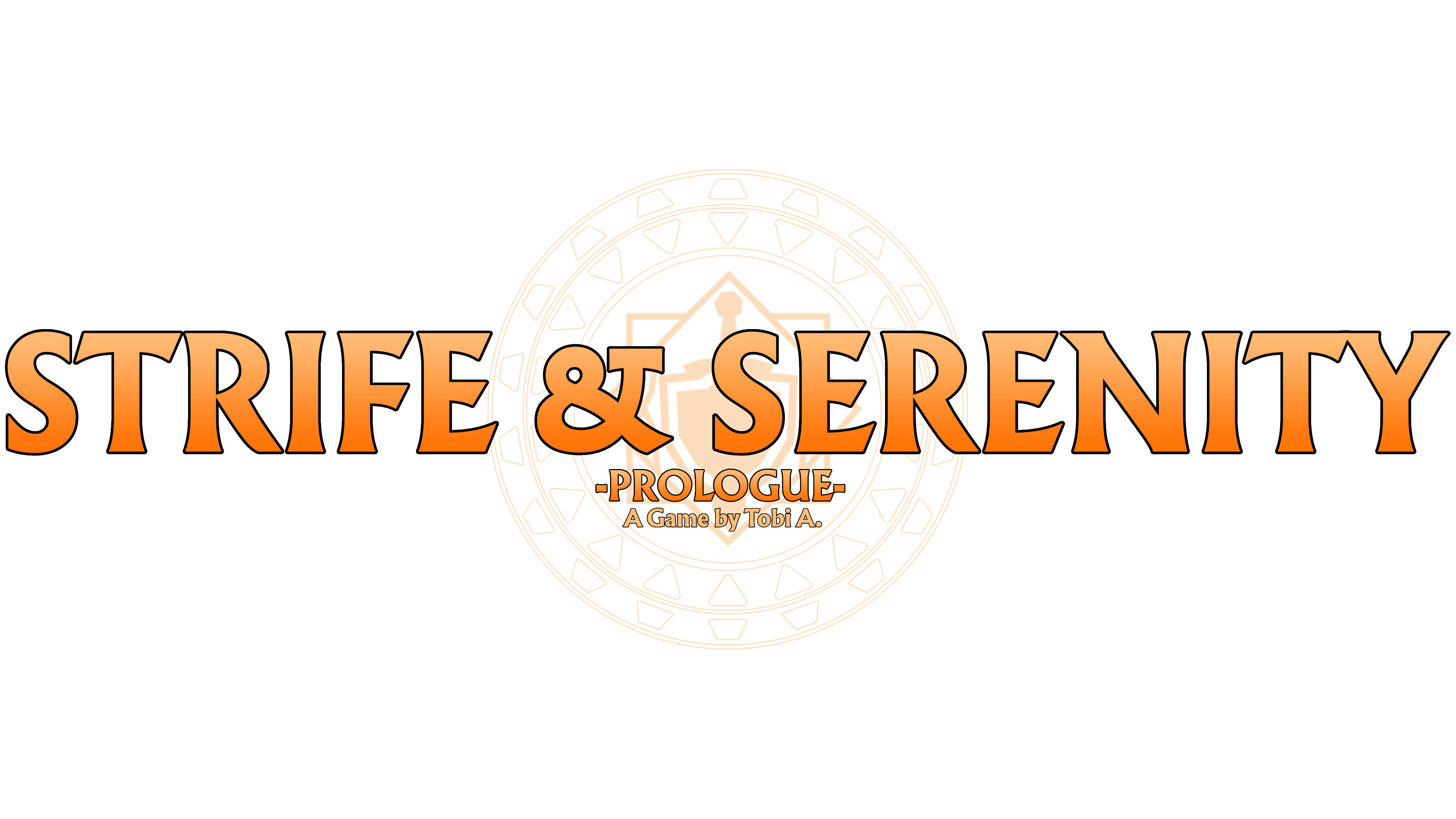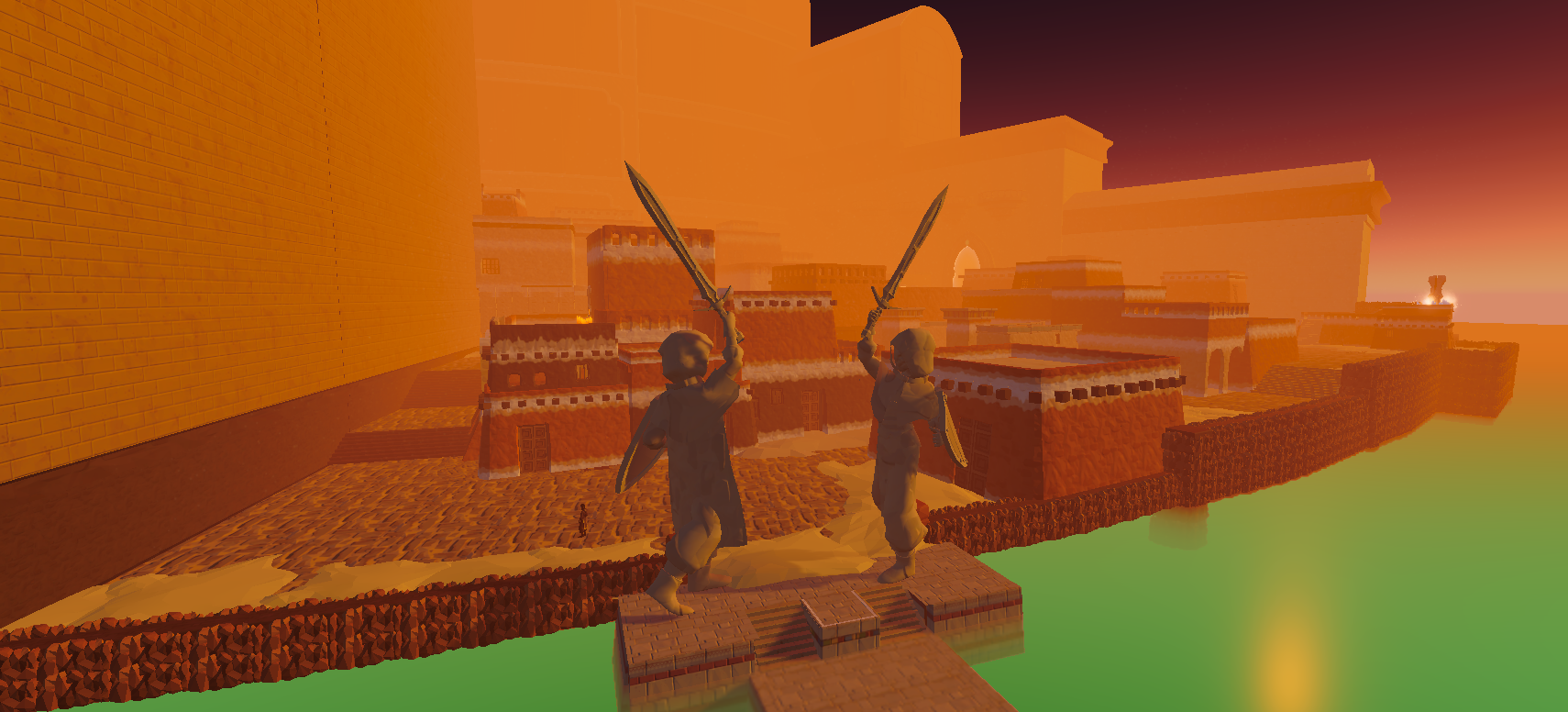When I first started designing areas on Zothar, I didn’t really know what I was doing. I had the vibe in my head—something ancient, quiet, and worn down—but making that into an actual space? That took some figuring out.
I started thinking back to maps in games I love, and that’s when Scala ad Caelum from Kingdom Hearts III came to mind. I didn’t copy it, but I definitely pulled from its feel. There was something about the layered city, the wide spaces, and the slightly eerie calm it had that really stuck with me. I wanted Gate Town to have a similar presence—like it used to be important, and maybe still is, just in a quieter way.
From there, things started to come together. I decided Gate Town would be your first big location in Strife & Serenity, right before reaching the Verse-Gates. It’s where everything kicks off. So I built the gameplay around that—your goal here is to open the gate leading to the Verse-Gates, which means moving through the town, reactivating terminals, and piecing together what this place once was.
That’s where the chests came in. I didn’t want them to just be loot drops. Each one gives you a small piece of lore about what happened in Gate Town both before and after the Great Bleed. You start to see hints that this place used to be thriving—used by travelers, scholars, maybe even whole communities—and that it was never fully abandoned. It’s quiet now, yeah, but not empty. ZARIMAR still come through. There’s power running to the terminals. Something’s still going on here.
I liked that contrast—the feeling that Gate Town is both forgotten and still in use. That’s why the entryway leading to the Verse-Gates is semi-blocked and overgrown, but not completely dead. You still have to interact with things, reactivate systems, and physically open the path forward. It gives the whole space a sense of purpose, like you’re picking up right where something left off.
And then there’s the setting itself. The ocean and waterfalls nearby weren’t just for visuals—they were there to make the area feel more alive. The bridge you cross to reach the gate plays a big role too. It’s your final approach, and I wanted that moment to land. You’re not just opening a door. You’re entering something bigger.
In the end, Gate Town became more than just a backdrop. It set the tone for the whole game. A place caught between what it was, what it became, and what it might still be.
And yeah… I kind of winged it at the start. But once I found my footing, it became one of the most important areas in the game.


